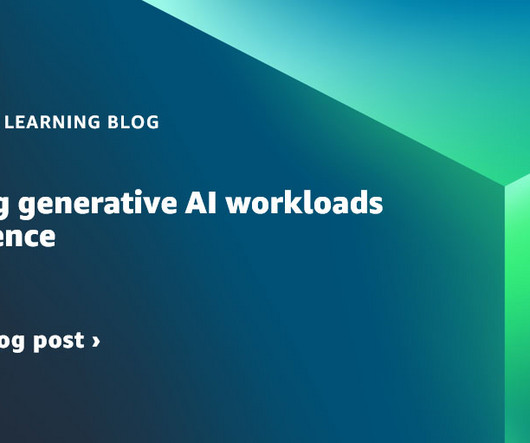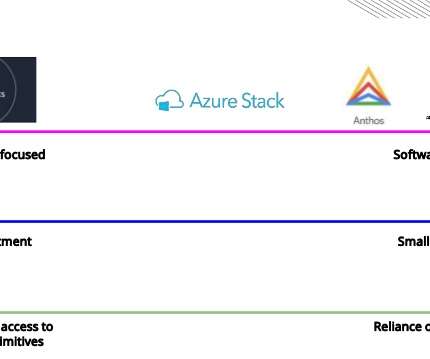Getting High Availability for IBM Db2 on AWS with Db2 Pacemaker Using Overlay IP – Part 1
Datavail
APRIL 25, 2023
Pacemaker solves a problem that many companies have with their cloud transformation endeavors – how to address high availability and business continuity with IBM Db2 when lifting and shifting these systems into the cloud. Cloud-ready for both AWS and Azure. It’s less prone to problems than TSA clusters implemented with RSCT.














Let's personalize your content